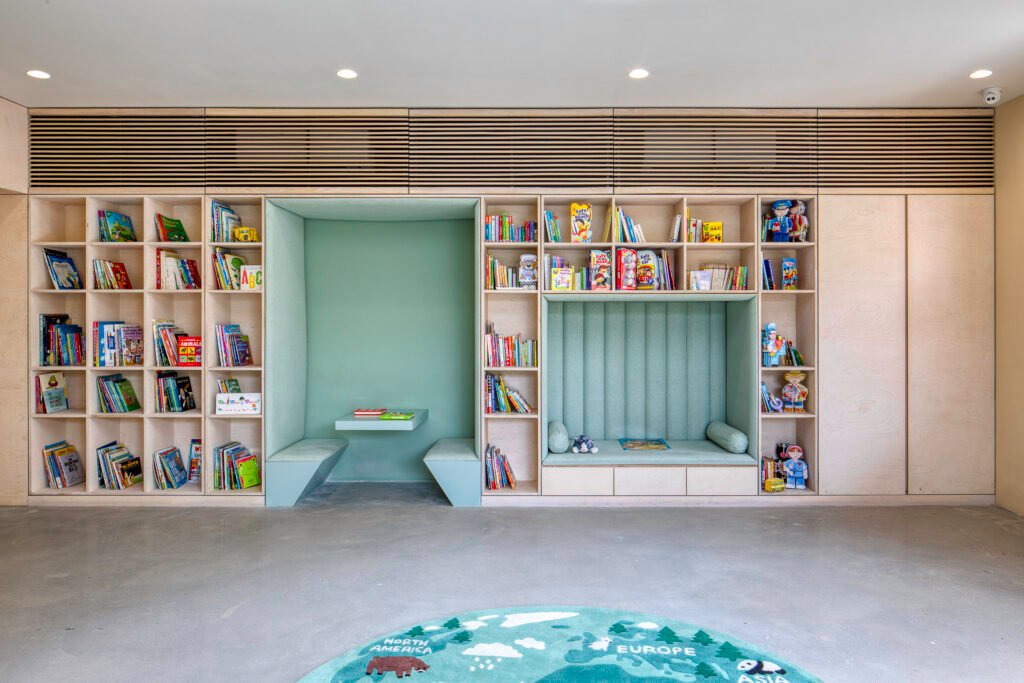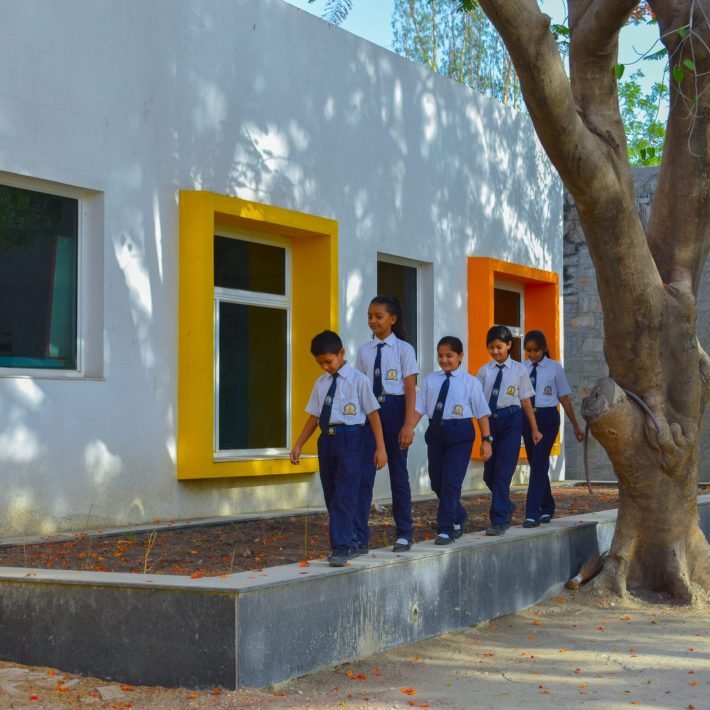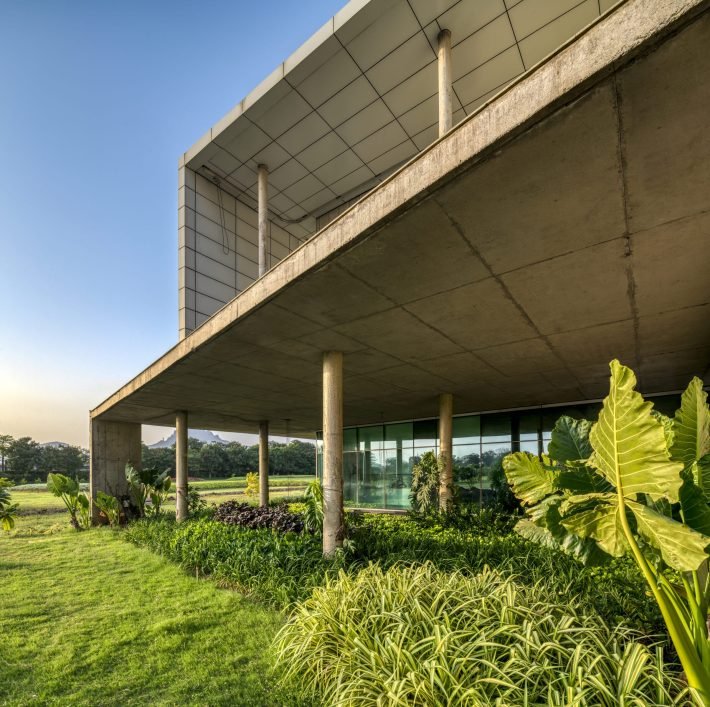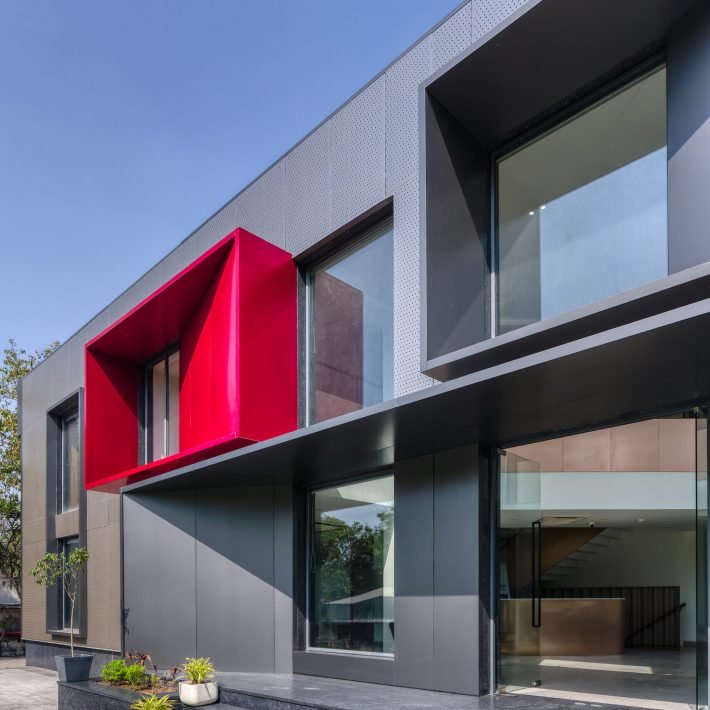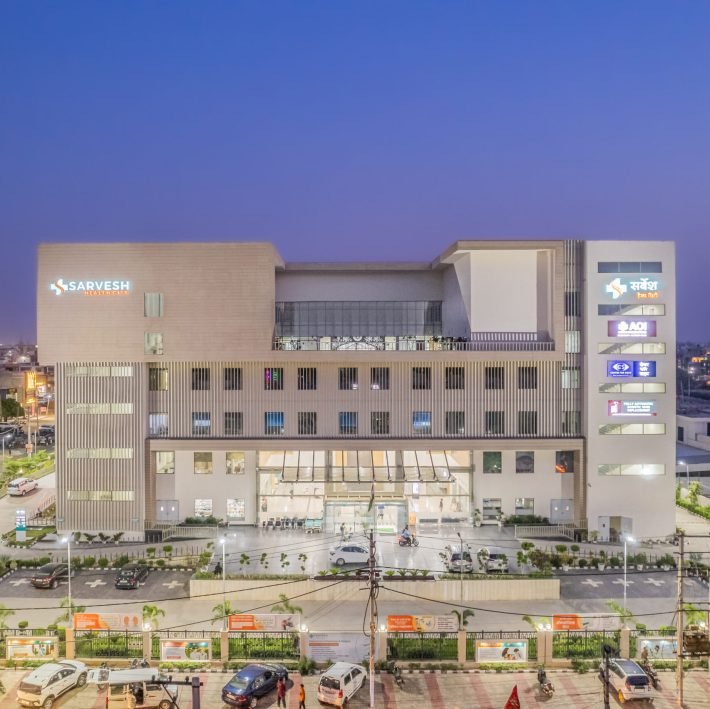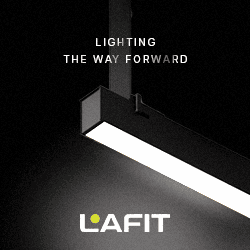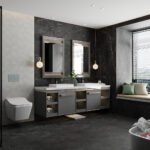Toy Blocks, a playschool in Ahmedabad design by Blocher Partners India redefines the concepts of Architecture in Early Education.
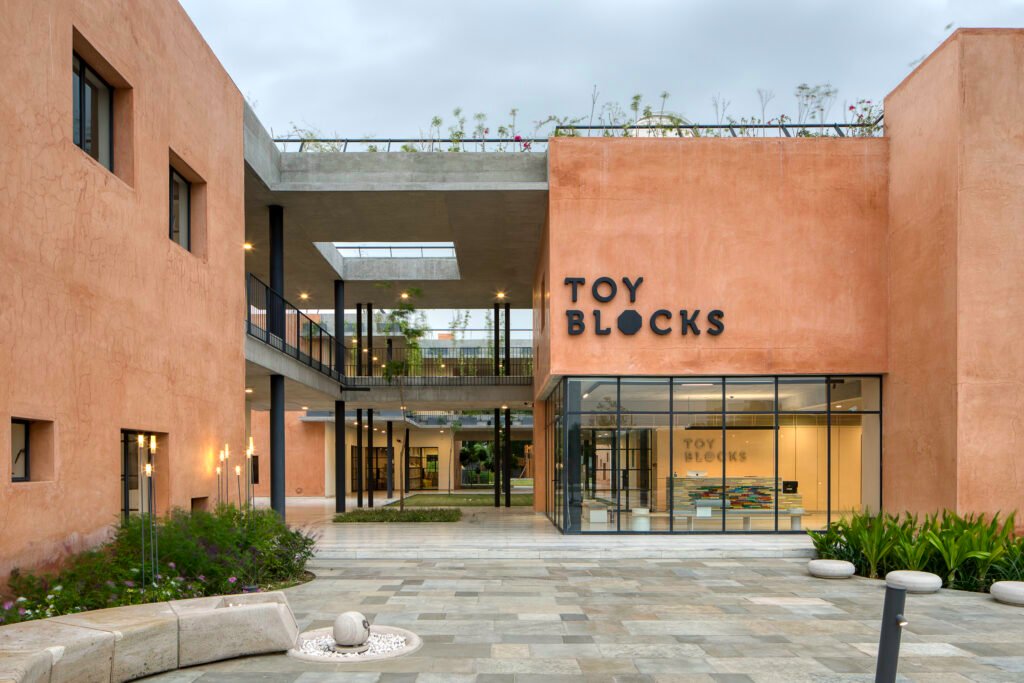
In the dynamic landscape of education, the role of physical spaces cannot be underestimated, especially when it comes to early education. These formative years are crucial for a child’s development, and the environment in which they learn plays a pivotal role in shaping their minds. As the education sector transforms, the integration of architectural concepts in early education spaces serves as an emerging trend that holds great promise.
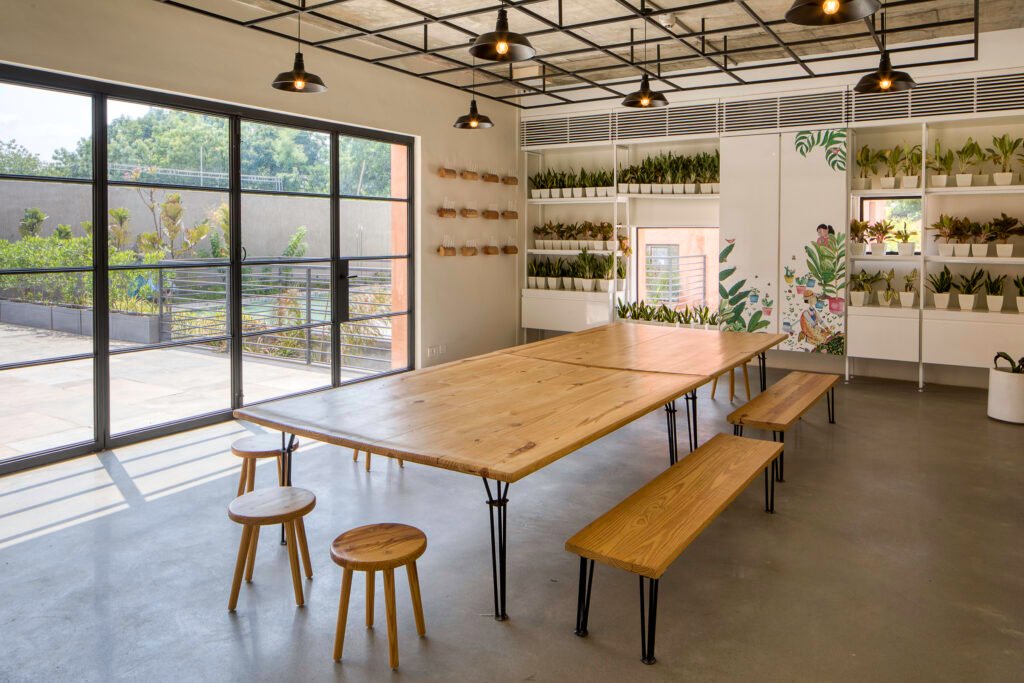
One of the prominent Architecture and interior design firm Blocher Partners India headed by dynamic and multi talented Ar. Hartmut Wurster, Principal Architect at Blocher Partners India has designed Toy Blocks, a playschool in Ahmedabad with a built up area of 1,730 sqm offers various flexible learning zones for young learners to explore different activities
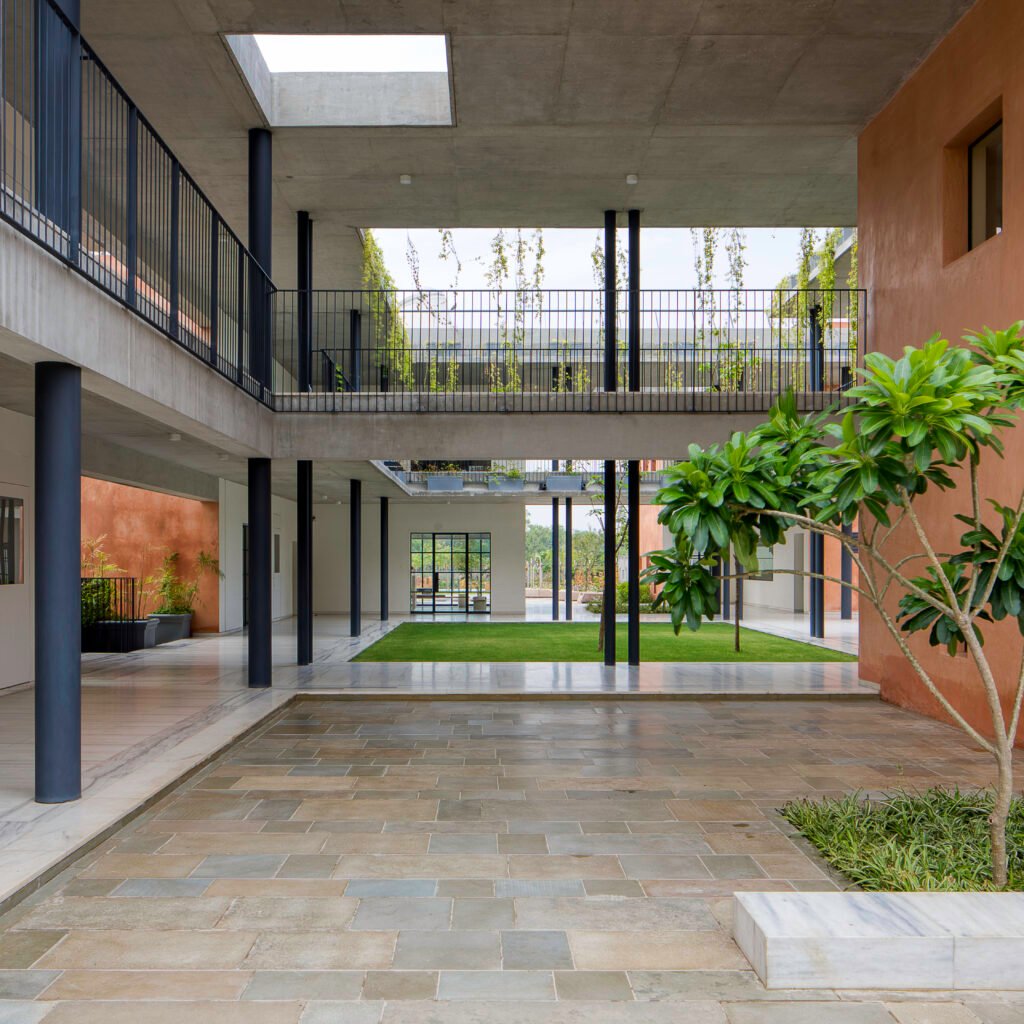
After meticulous research and planning Ar. Hartmut Wurster conceptualized this concept explain the concept in detail he says, “Early childhood education has gained recognition as a foundation for lifelong learning and development. These years, typically from birth to eight years old, are a period of rapid cognitive, emotional, and physical growth. The child’s early experiences can provide either a strong or a fragile foundation for later learning, development and behaviours. Children are sponges for information, and their learning experiences during this stage can have a lasting impact. The architecture here can make a significant impact by exploring innovative concepts of various different methods of teaching like Montessori or Reggio Emilia to design spaces that can stimulate curiosity, creativity, and critical thinking while providing a sense of security and belonging.”
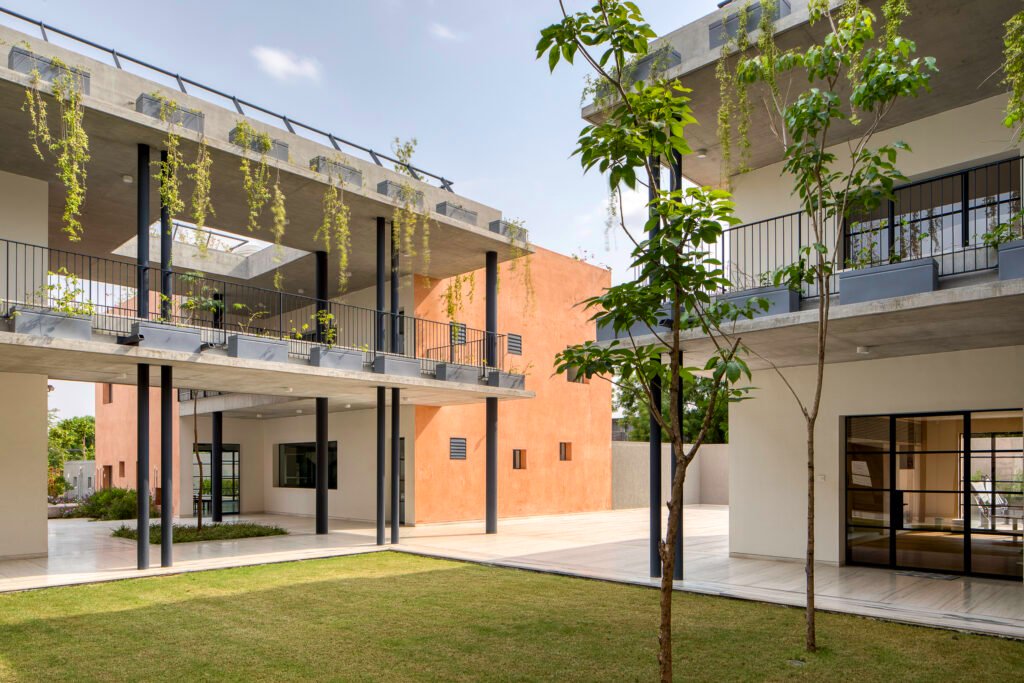
Natural Light and Ventilation
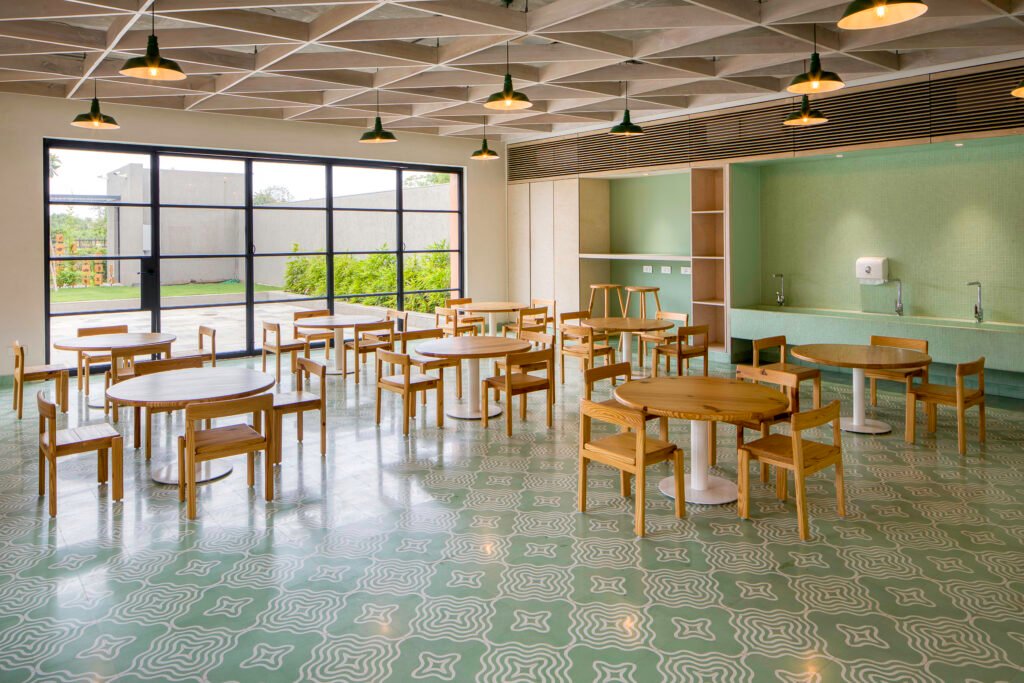

Effective learning is closely tied to the quality of the learning environment and natural light and ventilation play a pivotal role in enhancing the atmosphere within the classroom. With diverse climates, ranging from scorching summers to monsoons, innovative architectural concepts are essential to optimise these natural resources while ensuring the comfort and concentration of young learners. Large windows, shading devices, and well-planned cross-ventilation can significantly contribute to a comfortable and productive learning space.
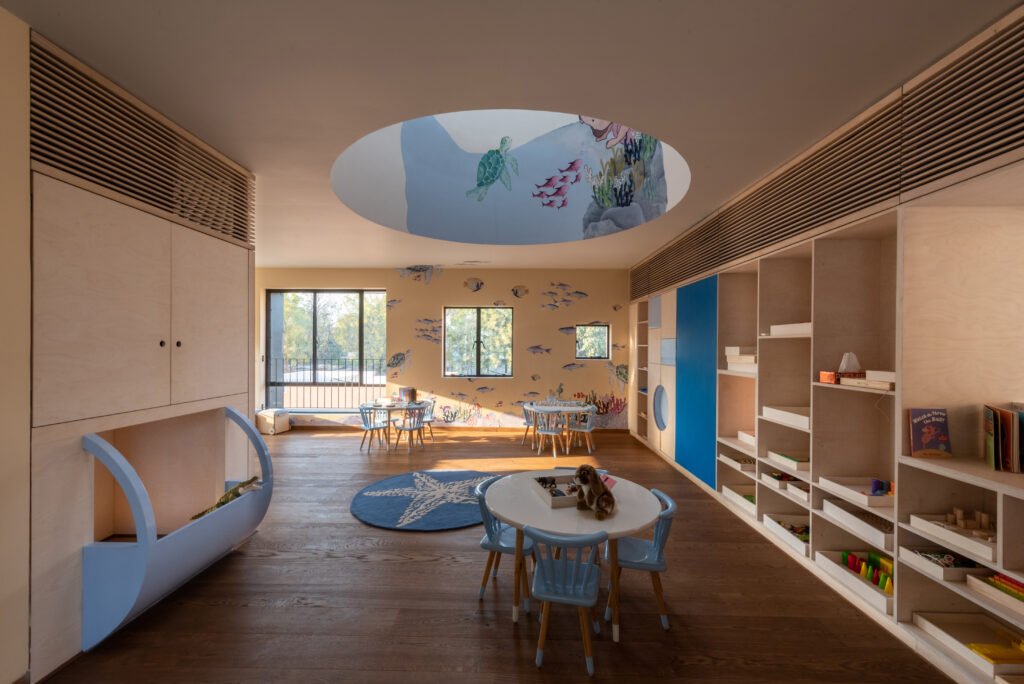
Outdoor Learning Spaces
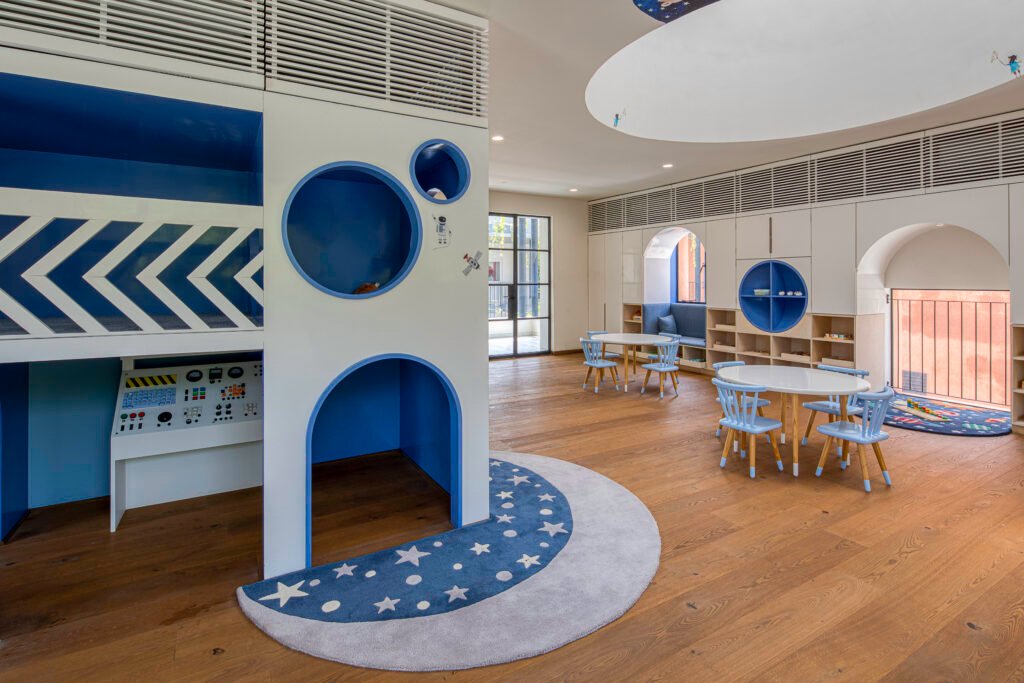

Early education is not confined to the four walls of a classroom hence outdoor learning spaces in institutions are equally important. Educational architecture must prioritise the creation of outdoor learning areas where children can explore, learn about the environment, and develop an appreciation for the natural world. Designs should include outdoor classrooms, gardens or courtyards, and natural elements to develop a stronger connection to the environment while enjoying the advantages of outdoor learning.
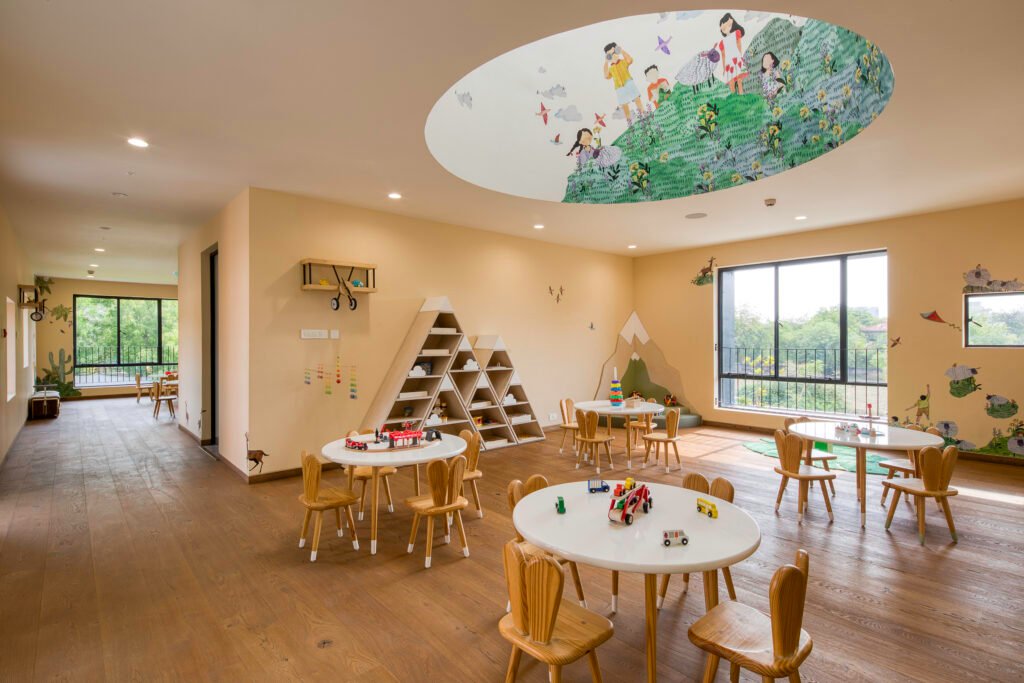
Adaptable Learning Spaces
Embedded within the context, flexibility is key in educational spaces and it is essential to provide a variety of learning zones. Creating multi-purpose spaces that can be easily reconfigured for various activities, such as collaborative projects, arts and crafts, and quiet reading, allows educators to cater to the specific needs of their children.
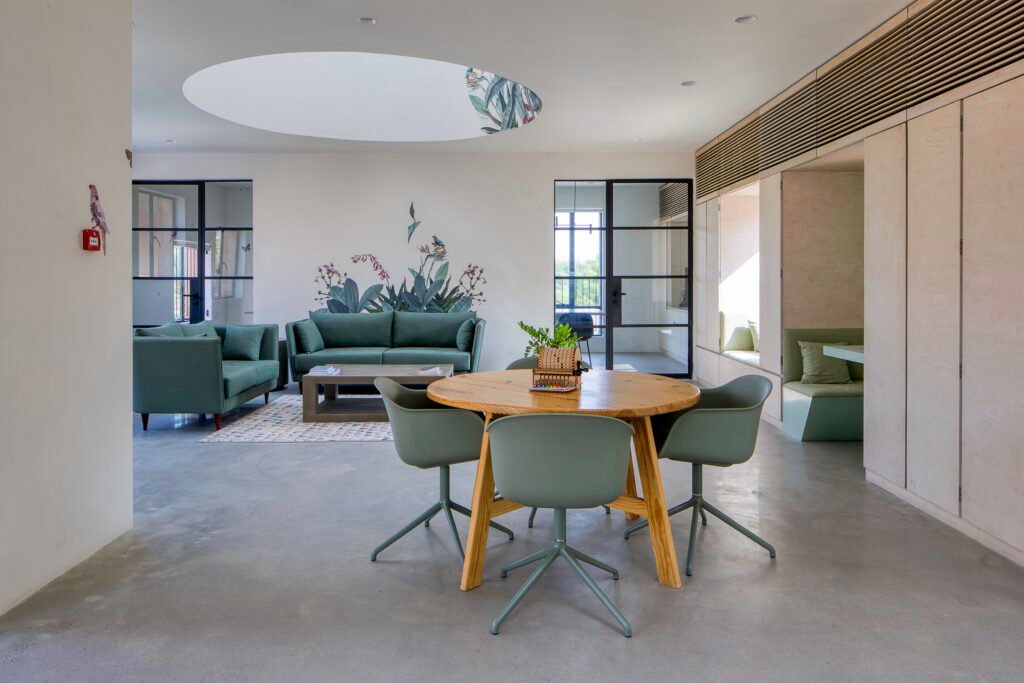
Stimulating Visuals and Materials
Along with other parameters, the architecture of early education spaces should be designed to stimulate young minds that targets developing their senses. This involves the use of colour, texture, and the arrangement of educational materials. Incorporating vibrant colours, captivating murals, and attractive furniture can engage and inspire children. Additionally, spaces should be equipped with age-appropriate learning materials, fostering a sense of curiosity and exploration.
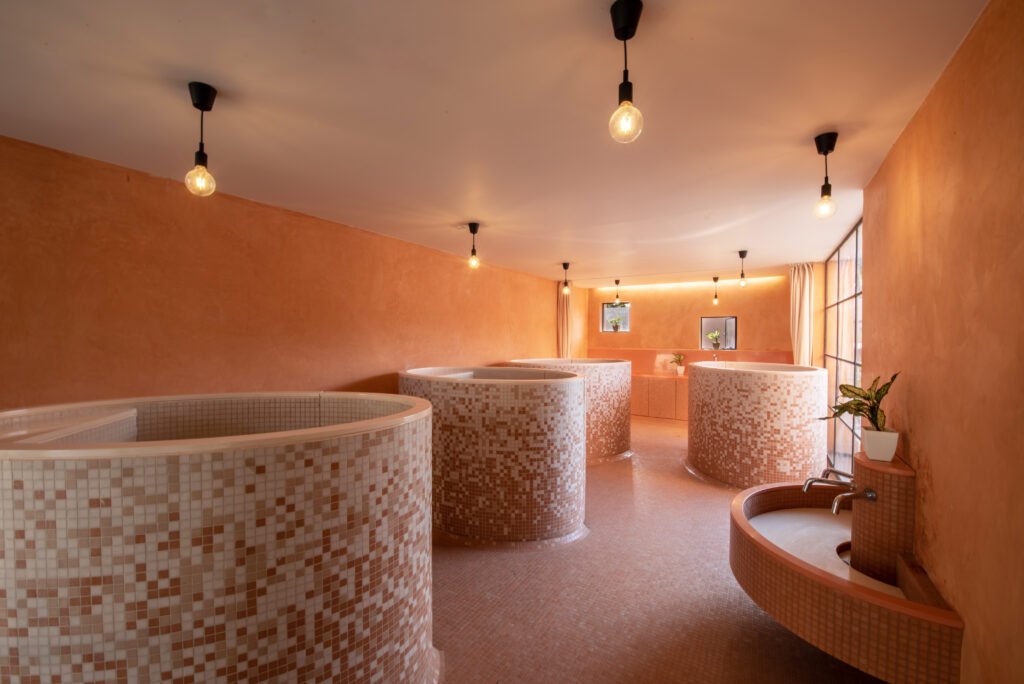
The architecture of early education spaces is a multidimensional endeavour that goes beyond aesthetics. It is about creating environments that inspire and nurture the next generation of leaders, thinkers, and innovators. Thoughtful architectural design that prioritises inclusivity and flexible learning zones can set the stage for a brighter future for young minds.
